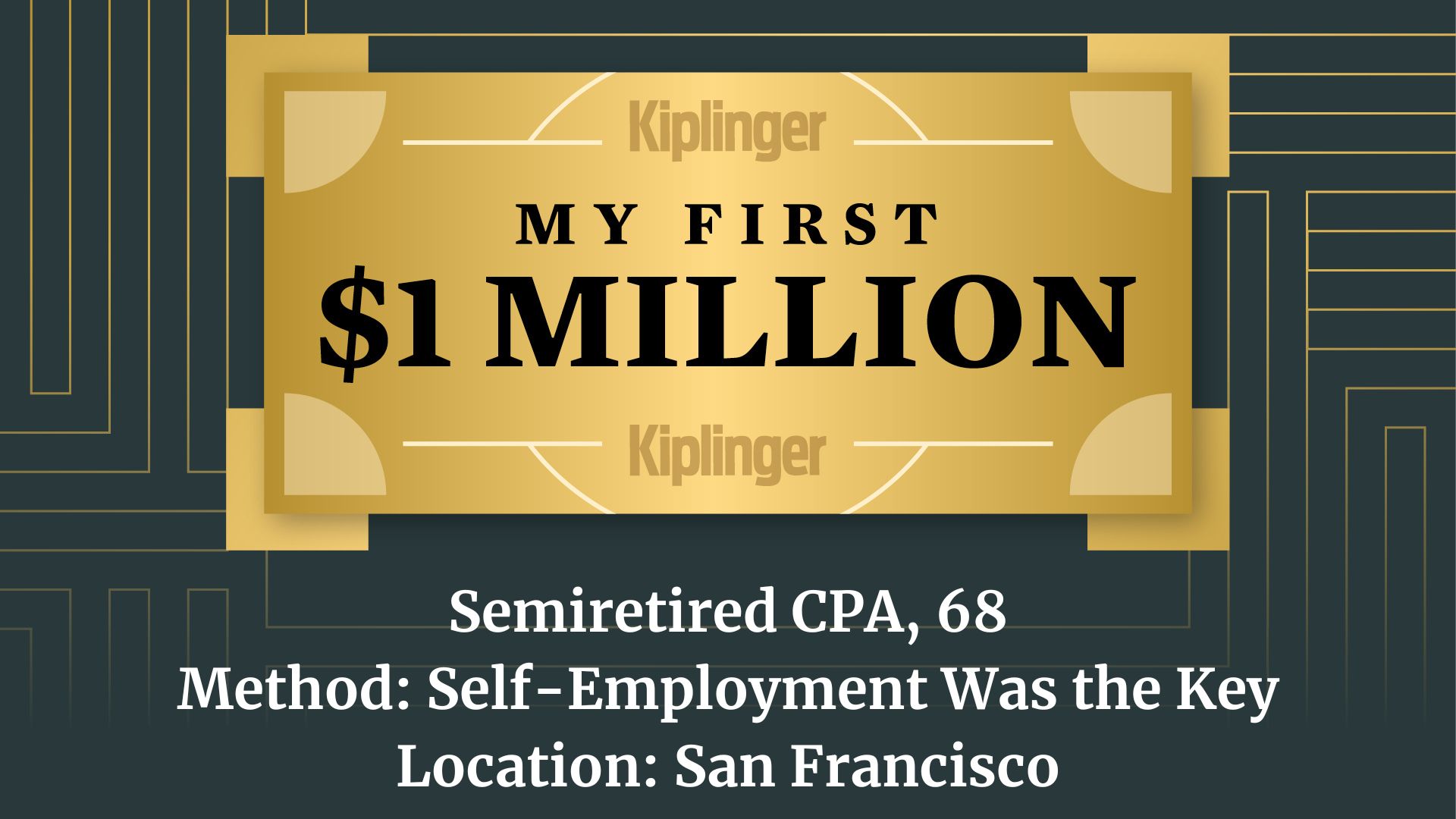Covered-Call Funds Offer Big Payouts
By selling call options on the stocks in their portfolios, these funds earn extra income.


The market's manic moves might have you feeling like the main thing stocks are good for is raising your blood pressure, not raising your net worth. But there's one type of investment that may both calm your nerves and boost your income: covered-call funds.
These funds earn extra income by selling call options on the stocks in their portfolios. Call options give the buyer the right to purchase a stock at a set price within a certain time period. Here’s how it works: Imagine a fund owns shares of ABC, which currently trades for $50. The fund might sell a call option that gives the buyer the right to buy ABC shares for $60, within one month. And suppose the fund earns $2 per share in income for selling the option. If ABC shares rise to $65 during that month, the buyer will exercise his or her option and the fund will hand over its ABC shares, having earned $12 per share instead of $15. If the stock instead falls to $40, the option will expire unexercised and the fund will have lost just $8 per share, rather than $10. And if the stock price ho-hums along to $51, the fund nets $3 per share in profits.
As that math illustrates, covered-call strategies tend to lead in sideways and down markets, but lag in strong bull markets. Because the price of options rises when market volatility increases, market chop also tends to boost the funds’ returns. So if the market continues on its jagged sideways course, covered-call funds could shine.
From just $107.88 $24.99 for Kiplinger Personal Finance
Become a smarter, better informed investor. Subscribe from just $107.88 $24.99, plus get up to 4 Special Issues

Sign up for Kiplinger’s Free Newsletters
Profit and prosper with the best of expert advice on investing, taxes, retirement, personal finance and more - straight to your e-mail.
Profit and prosper with the best of expert advice - straight to your e-mail.
Look for Closed-End Funds
The best covered-call funds are the closed-end variety. Unlike traditional mutual funds, closed-ends issue a fixed number of shares and then trade on exchanges. That arrangement often drives the funds’ share prices to diverge from the actual value of their underlying holdings (or "net asset value"). Happily for investors, many of these funds are trading at generous discounts.
Two fine options are Eaton Vance Enhanced Equity Income (symbol EOI) and Eaton Vance Enhanced Equity Income II (EOS). The main difference, says co-manager Michael Allison, is that the former measures itself against Standard & Poor’s 500-stock index and the latter uses the Russell 1000 Growth index as its benchmark (meaning it will hold more shares of midsize and fast-growing companies than the first fund). Managers of each fund buy shares of stocks that they believe have solid appreciation potential. They then sell call options on almost every stock in the portfolio, making occasional exceptions for stocks they believe could see a big near-term pop in price. Managers only sell options on half of their position in each stock, so that they never lose an entire position in a winning stock.
Both funds pay hefty income. The Enhanced Equity Income fund's $0.0864 monthly distribution as of May represents an 8.1% yield on the fund's market price as of May 23. The fund trades at a 3.1% discount to the value of its underlying assets. Enhanced Equity Income II currently pays 8.2% and trades at a 6.2% discount.
Another solid choice is BlackRock Enhanced Equity Dividend Trust (BDJ), which focuses on dividend-paying stocks. The fund's managers typically separate the stocks in the portfolio into three buckets, depending on whether they believe a stock has high, medium or low potential for price appreciation, says co-manager Kyle McClements. They'll then sell the most options on the stocks with the least appreciation potential, and may not sell any options at all on those they believe could see a big surge. The fund currently trades at a hefty 11.7% discount and pays a 7.4% distribution.
One cautionary note about the funds' distributions: Just as covered-call funds lag during strong bull markets, they can also have trouble recovering from bear markets, because the stocks in their portfolios get called away while they still have room to run. Many covered-call funds' net asset values still haven't recovered from the 2007-09 bear market. For investors who reinvest distributions, this has not necessarily hampered total returns, because those investors accumulate more shares over time. But if your goal is to use the funds' payouts for living expenses, understand that the funds' net asset values may erode over the long run, leading to cuts in their distributions.
Profit and prosper with the best of Kiplinger's advice on investing, taxes, retirement, personal finance and much more. Delivered daily. Enter your email in the box and click Sign Me Up.

-
 10 Cheapest Places to Live in Washington
10 Cheapest Places to Live in WashingtonProperty Tax Is Washington your go-to ski destination? These counties combine no income tax with the lowest property tax bills in the state.
-
 Healthy to 100: Secrets from Countries Where Retirees Age Best
Healthy to 100: Secrets from Countries Where Retirees Age BestLongevity is a team sport, according to author Ken Stern. Here's the secret sauce for living long, healthy lives from countries like Italy and Japan.
-
 My First $1 Million: Semiretired CPA, 68, San Francisco
My First $1 Million: Semiretired CPA, 68, San FranciscoEver wonder how someone who's made a million dollars or more did it? Kiplinger's My First $1 Million series uncovers the answers.
-
 The 5 Best Actively Managed Fidelity Funds to Buy and Hold
The 5 Best Actively Managed Fidelity Funds to Buy and Holdmutual funds Sometimes it's best to leave the driving to the pros – and these actively managed Fidelity funds do just that, at low costs to boot.
-
 The 12 Best Bear Market ETFs to Buy Now
The 12 Best Bear Market ETFs to Buy NowETFs Investors who are fearful about the more uncertainty in the new year can find plenty of protection among these bear market ETFs.
-
 Don't Give Up on the Eurozone
Don't Give Up on the Eurozonemutual funds As Europe’s economy (and stock markets) wobble, Janus Henderson European Focus Fund (HFETX) keeps its footing with a focus on large Europe-based multinationals.
-
 Vanguard Global ESG Select Stock Profits from ESG Leaders
Vanguard Global ESG Select Stock Profits from ESG Leadersmutual funds Vanguard Global ESG Select Stock (VEIGX) favors firms with high standards for their businesses.
-
 Kip ETF 20: What's In, What's Out and Why
Kip ETF 20: What's In, What's Out and WhyKip ETF 20 The broad market has taken a major hit so far in 2022, sparking some tactical changes to Kiplinger's lineup of the best low-cost ETFs.
-
 ETFs Are Now Mainstream. Here's Why They're So Appealing.
ETFs Are Now Mainstream. Here's Why They're So Appealing.Investing for Income ETFs offer investors broad diversification to their portfolios and at low costs to boot.
-
 Do You Have Gun Stocks in Your Funds?
Do You Have Gun Stocks in Your Funds?ESG Investors looking to make changes amid gun violence can easily divest from gun stocks ... though it's trickier if they own them through funds.
-
 How to Choose a Mutual Fund
How to Choose a Mutual Fundmutual funds Investors wanting to build a portfolio will have no shortage of mutual funds at their disposal. And that's one of the biggest problems in choosing just one or two.